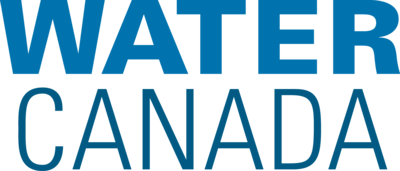WC144 SeptOct 2025 - Magazine - Page 36

WATER SECURITY
Visual and interactive content, such as infographics and storytelling approaches
rooted in community-speci昀椀c cultural contexts, will enhance citizens’ comprehension
and retention of water messaging.
Why equal audience engagement matters
In one of our research studies, we found that while
the fluent and non-fluent English speakers in Metro
Vancouver had similar campaign awareness (i.e., recall
hearing about the campaign or seeing campaign materials), the fluent English speakers had significantly higher
message comprehension (i.e., recall water conservation
tips) than the non-fluent English speakers. Unsurprisingly, the non-fluent English speakers had language
barriers, which influenced their water message comprehension. Consequently, the non-fluent English speak-
36
WATER C AN ADA • SEP TEMBER/OCTOBER 2025
ers might have had fewer opportunities to learn and
understand how to conserve water at home compared to
fluent English speakers.
A second study—with Chinese immigrants based in
Victoria B.C.—showed that while Chinese immigrants
hold strong pro-environmental values, their ability to
act was shaped by their acculturation levels, which were
highly influenced by language fluency. Limited English
proficiency often led to uncertainty around local norms,
reduced access to environmental information, and
hesitation to participate in community activities. For
example, some participants were eager to join community clean-up events but held back due to fear of misunderstanding instructions or making mistakes in public.
Combined, our studies’ results showed that despite new
Canadians’ willingness to adopt water-saving behaviours,
effective engagement depends on the municipal campaigns’ linguistic clarity and cultural relevance.
Water campaign strategies
To help overcome the language barrier, we can’t just
rely on auto-translate tools. All translations should be
done by individuals who are actually fluent in both
English and the target language. This will help ensure
that translated information makes contextual sense. For
example, a tip on the City of Richmond’s website states,
WAT E R C A N A D A . N E T
City of Vancouver, Getty Images
Although some campaign communications have
been translated into different languages and websites
have the auto-translate feature available (e.g., Google
Translate), awkward or confusing phrases and sentences
are still evident. Aside from language differences, other
barriers—such as unfamiliarity with local policies, and
cultural perspectives on resource use—prevent these
citizens from fully engaging in conventional pro-environmental programs. Without culturally responsive
strategies, existing campaigns will struggle to effectively
integrate non-English speakers. Addressing this gap is essential to build programs that resonate with all residents,
particularly given increasing drought conditions and
water scarcity.